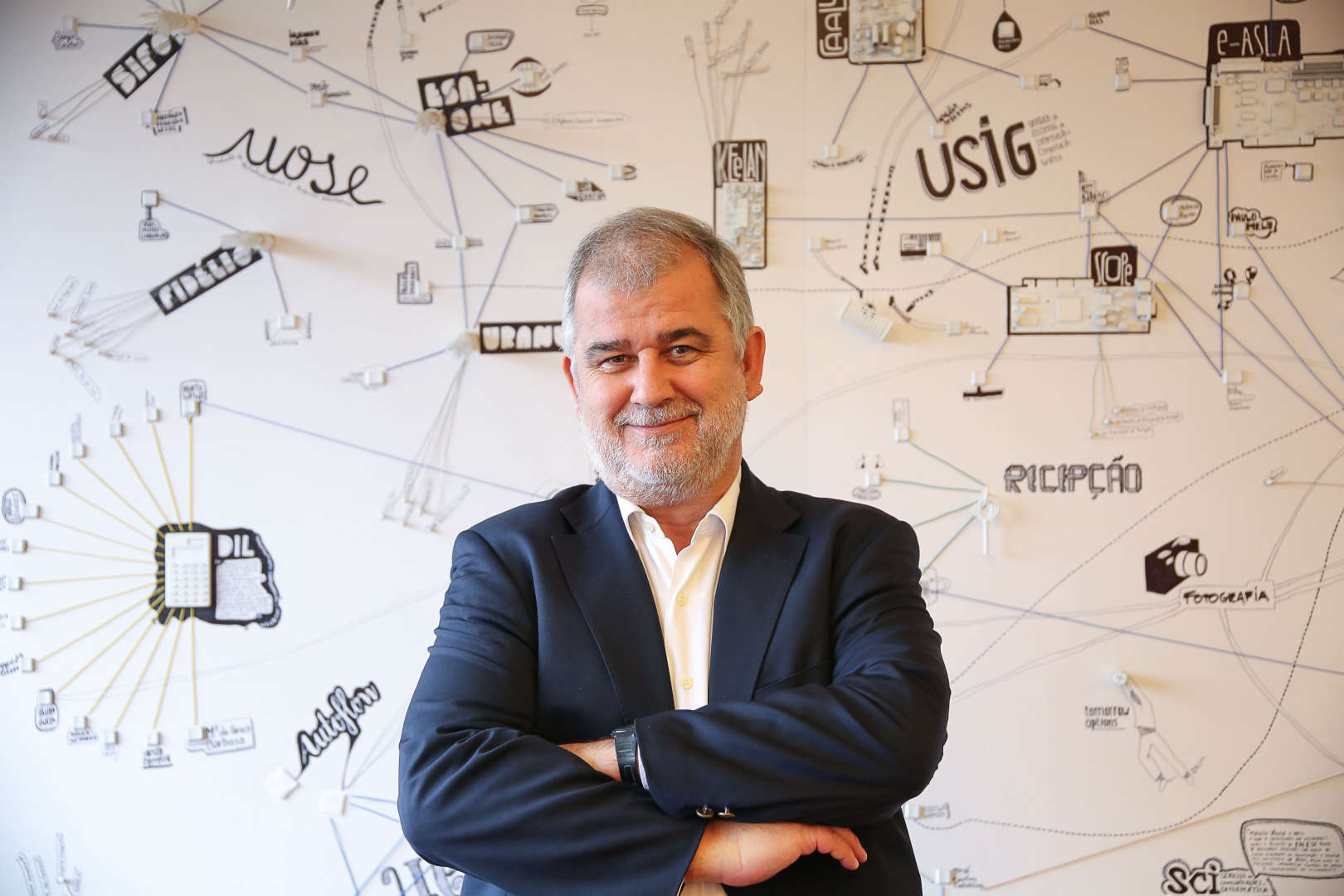About
I was born in Oporto, Portugal, in 1958. I was graduatedi n Electrical Engineering in 1981 at Opoto University, and received the MSc degree in Computers and Digital Systems in 1987, the Ph.D. degree in Electrical Engineering in 1994 and the Agregado degree in 2016, all from
Oporto University. From 1983 to 1994 I worked as an assistant lecturer in the Electrical Engineering Department of the Oporto University. In 1985 I started a full-time academic career, and presently I am a Lecturer in Electrical Engineering at the same University.
From 1985 to 1989 I developed his research in INESC. I moved d to the Institute for Systems and Robotics- Oporto (ISRP) in 1989 where I stayed until 2018. I have joined the INESC TEC in 2018.
My research interests are Control, Estimation, Dynamical Systems Identification including multi-dimensional systems, with applications ranging from Bimedical Systems to Energy Systems.
I am author and co-author of dozens of papers published in international journals and proceedings of international conferences. I am a member of the the Portuguese Association of Automatic Control (APCA), IEEE CST and of the IEEE CST International Technical Committee on Systems Identification and Adaptive Control, the IEEE CST International Technical Committee on Health and Medical Systems TC and of the IFAC (International Federation on Automatic Control) Technical Committee on Signal Processing.


